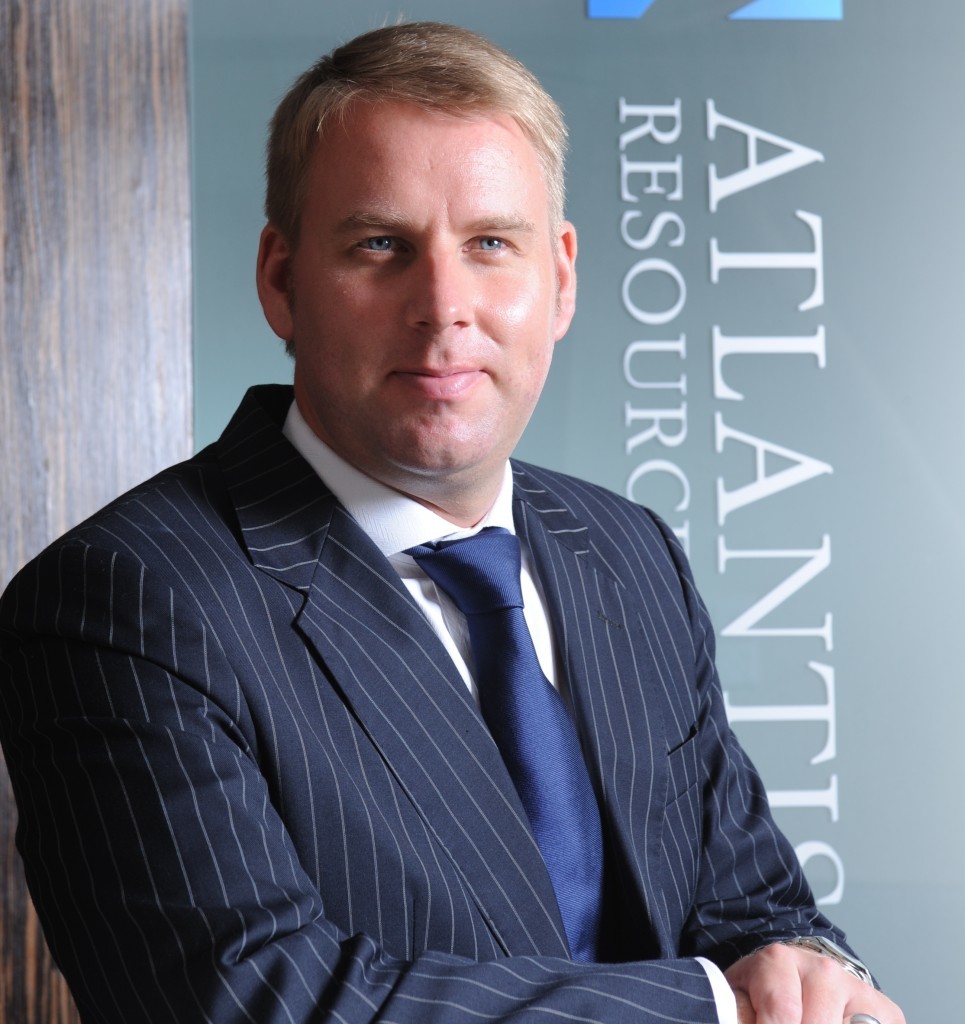
When Atlantis Resources finally completes its world beating tidal energy development in the North of Scotland, don’t expect exciting photo opportunities to mark the occasion – there’ll be nothing to see.
Atlantis’ huge MeyGen project in the Pentland firth will be the world’s biggest tidal project: up to 269 turbines providing almost 400MW – enough electricity for 175,000 Scottish homes.
But all that power and infrastructure won’t be visible from the nearby Caithness and Orkney shorelines because all the action takes place below the waves.
For Tim Cornelius, chairman and chief executive of Atlantis Resources, the company behind MeyGen, that suits him just fine.
He said: “We are net beneficiaries of the anti-wind lobby.
“You don’t see us and you don’t hear us. There is minimal impact on the marine environment or on wildlife.”
Cornelius believes the success of the project will be judged after 10,000 hours – that’s 416 days.
If the subsea turbines can prove their reliability over that length of time, the rewards are likely to be substantial.
“Reliability – that’s how we’ll be judged. We’ll see the large, institutional, conservative investors moving in when they know the technology performs over the long term.
“They’ll see an investable, profitable asset when we get those 10,000 hours on the clock – that will be our eureka moment.”
Investment has long been a challenge for renewables – with many projects struggling to flourish without substantial Government subsidy. And there has been a catalogue of cancelled projects and false dawns in recent years.
Meygen has secured £51.3 million from backers comprising the UK government, through the Department of Energy and Climate Change (DECC), Scottish Enterprise, Highlands and Islands Enterprise, The Crown Estate and from Atlantis, which retains an 86.5% holding.
The stakes are high, but Atlantis may just be about to deliver on the huge potential of tidal energy – and the rewards should be substantial.
The latest phase of Meygen was completed last week with the laying of four subsea cables that will run from the foreshore into the Inner Sound of the Pentland Firth and down to the seabed.
The cables will eventually connect with four 1.5MW tidal turbines which will be deployed next year and will be linked back to the onshore substation, from where the power will be fed into the wider grid.
The Pentland Firth, which lies between Orkney and the Scottish mainland, has some of the fastest tidal currents in the UK.
Atlantis’ new 1.5 megawatt AR1500 turbine, built with the help of Lockheed Martin, will take advantage of all that sea power – its 18 metre diameter blades makes it one of the largest capacity single rotor turbines ever built.
Cornelius said: “We know the global tidal industry is focussed on Scotland right now. It’s like how Silicon Valley was for computer technology – you have to be in Scotland if you are serious about tidal.”
“It looks like wind power was in Denmark 20 years ago, and looks like Aberdeen was with oil 40 years ago. It’s the Big Bang for tidal.”
Cornelius is doing more than talking the talk in respect of Atlantis’ commitment to Scotland and the UK. The company has relocated its corporate headquarters from Singapore to Edinburgh as global focus narrows in on Caithness.
“Oil and gas is in a down-cycle at the moment but tidal is on the up. This is good for us but also for all those people in engineering, manufacturing and the supply chain who are looking for work.
“I’m shamelessly taking advantage of the tremendous skills base and supply chain here in Scotland. I couldn’t afford it last year, but this year there are a lot more people taking my calls.
“There is so much expertise available here. If you are an engineer designing Christmas trees, you’ll be able to work on subsea turbines.
“There is tremendous infrastructure, ports and a logistics network in Scotland. We have established a dedicated turbine assembly facility at Global Energy’s Nigg Energy Park. We want to support the local supply chain.”
He is also appreciative of the support received from Scottish and UK Governments in supporting tidal energy.
“Onshore wind in particular is finding it tough with changes to the UK Government’s renewable levies, but I really can’t complain. We have had tremendous backing from government north and south of the border.”
The high profile failure for Scottish wave energy firm Palamis disappointed Cornelius, but he is at pains to stress the huge difference between wave and tidal power.
“The only thing wave and tidal have in common is that they are in water. Tidal technology is well proven – it’s underwater windmills. The turbine technology is tried, tested, stable and reliable.
“Wave power is still experimental. It was unfortunate for Palamis to lose its funding, but you can’t lump all marine energy in together.”
First power from MeyGen is scheduled to feed into the National Grid early next year. If the hardware performs as expected and presents no reliability issues, expect 2017 to herald a slew of other projects receiving the green-light.
Scotland will be at the forefront of turning the tide in favour of tidal. Blessed as it is with good geography and topography, areas such as the Pentland First and the Sound of Islay are seen as world-class locations from which to harness the power of ocean currents.
If Meygen does prove to be a success, it will also be a personal triumph for Cornelius. He joined Atlantis in 2005 in its formative stage, having previously worked for Subsea 7 as a diver and ROV pilot.
If Meygen delivers it will be significant achievement for the Australian, who graduated with a BSc in Marine Biology.
He said: “It’s been an incredible 10 years, and the last 24 months have been whirlwind since we received the go ahead to develop the Pentland Firth.”
Cornelius won’t mind one bit that his company’s great achievement remains forever out of sight.
Recommended for you
